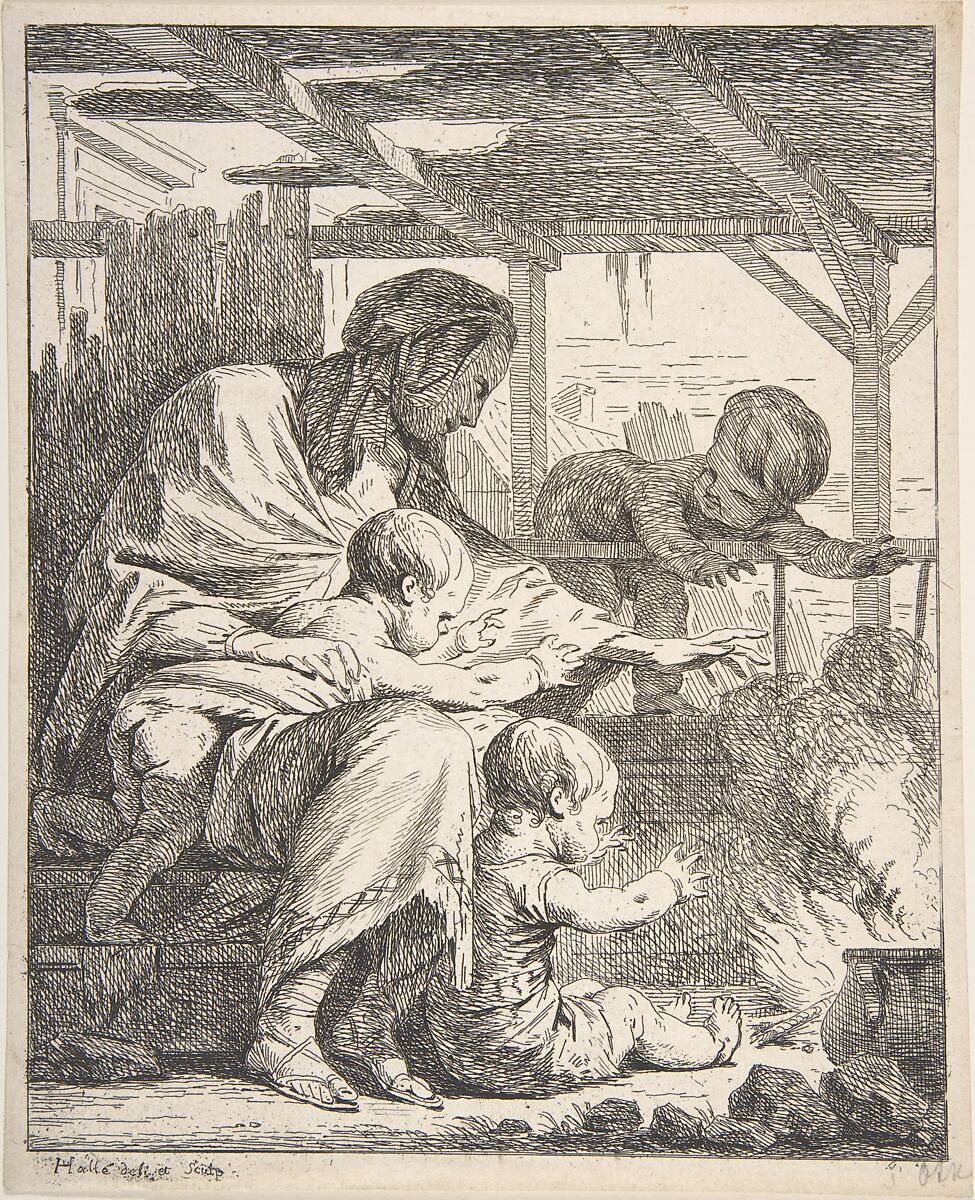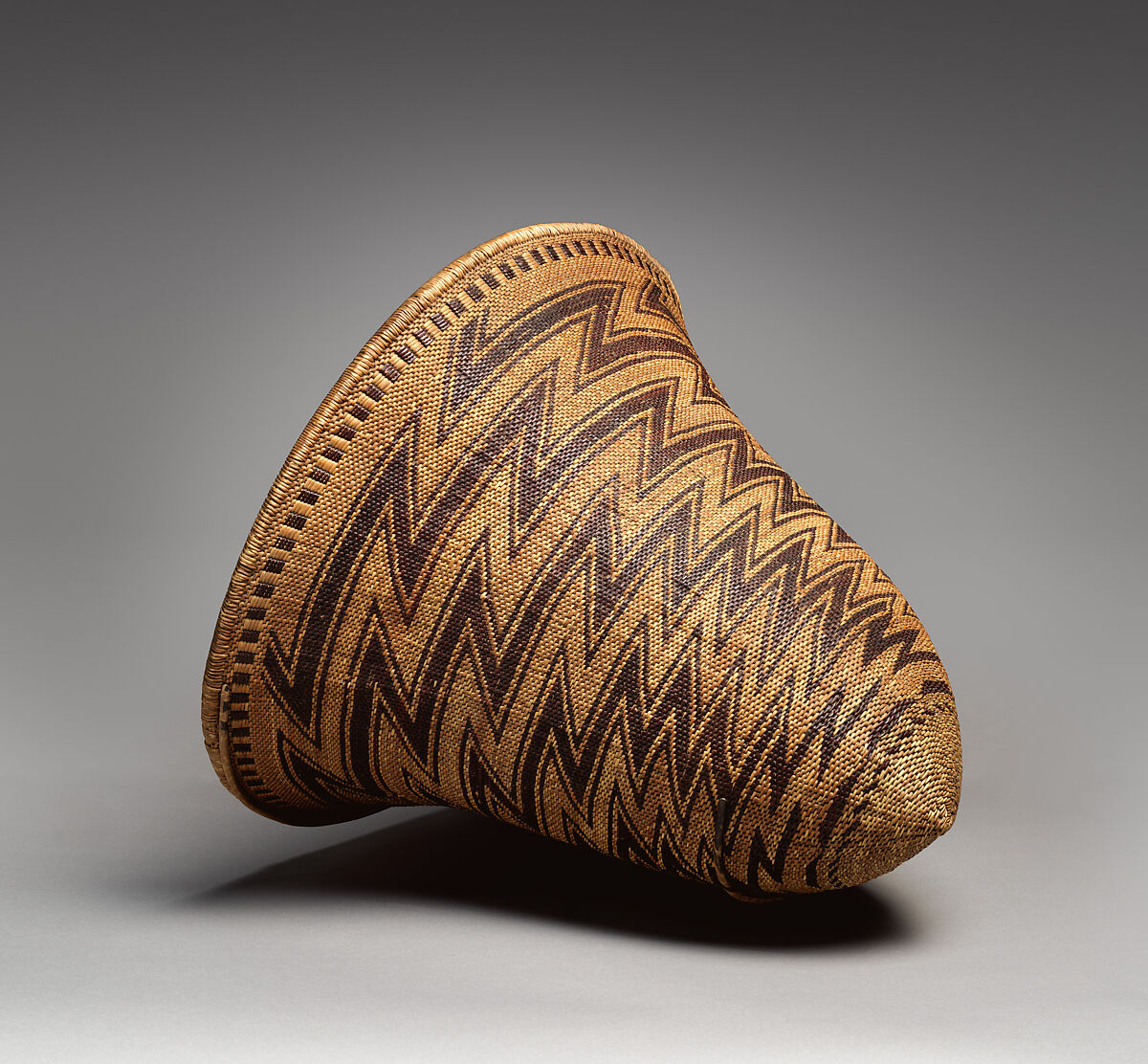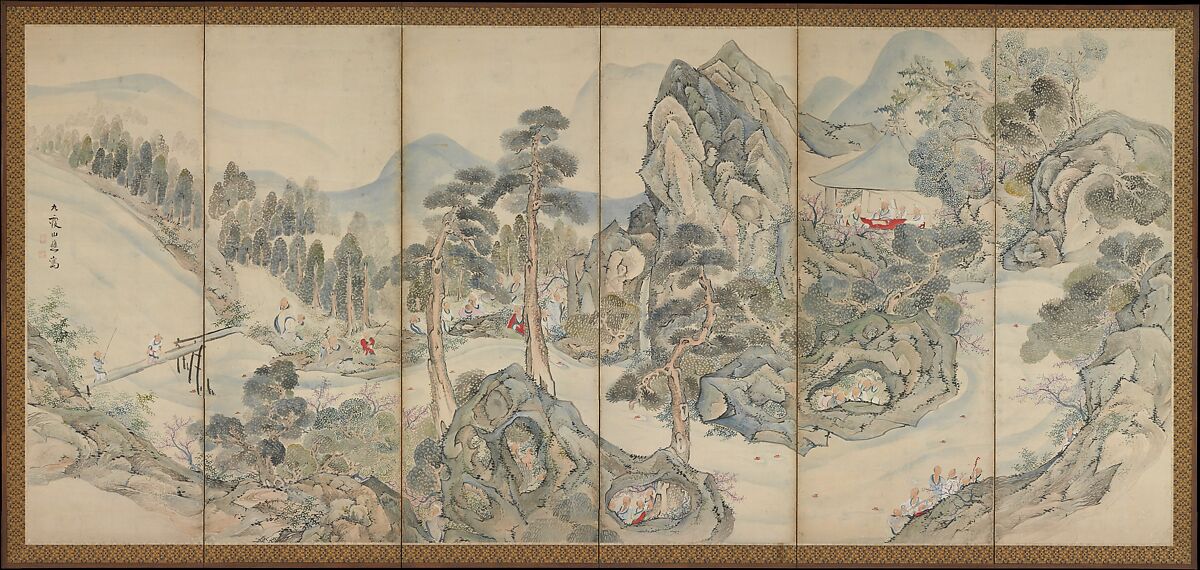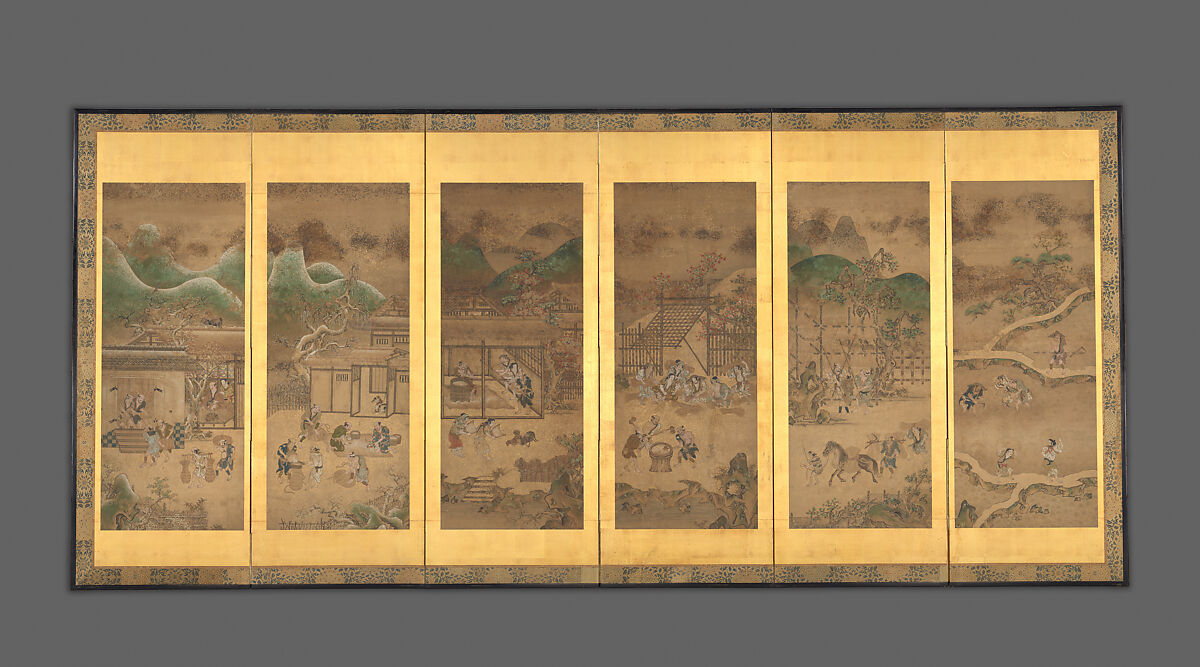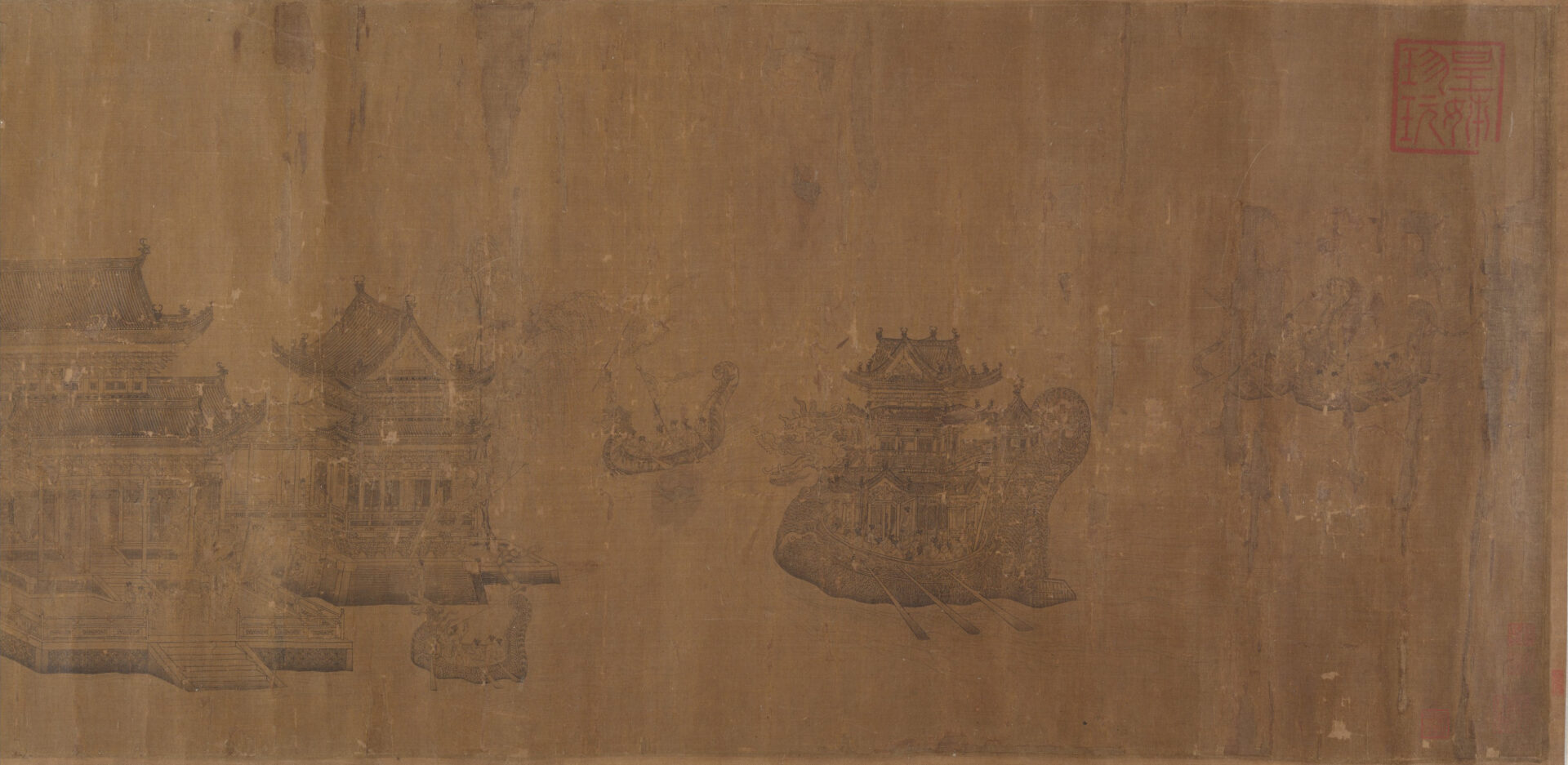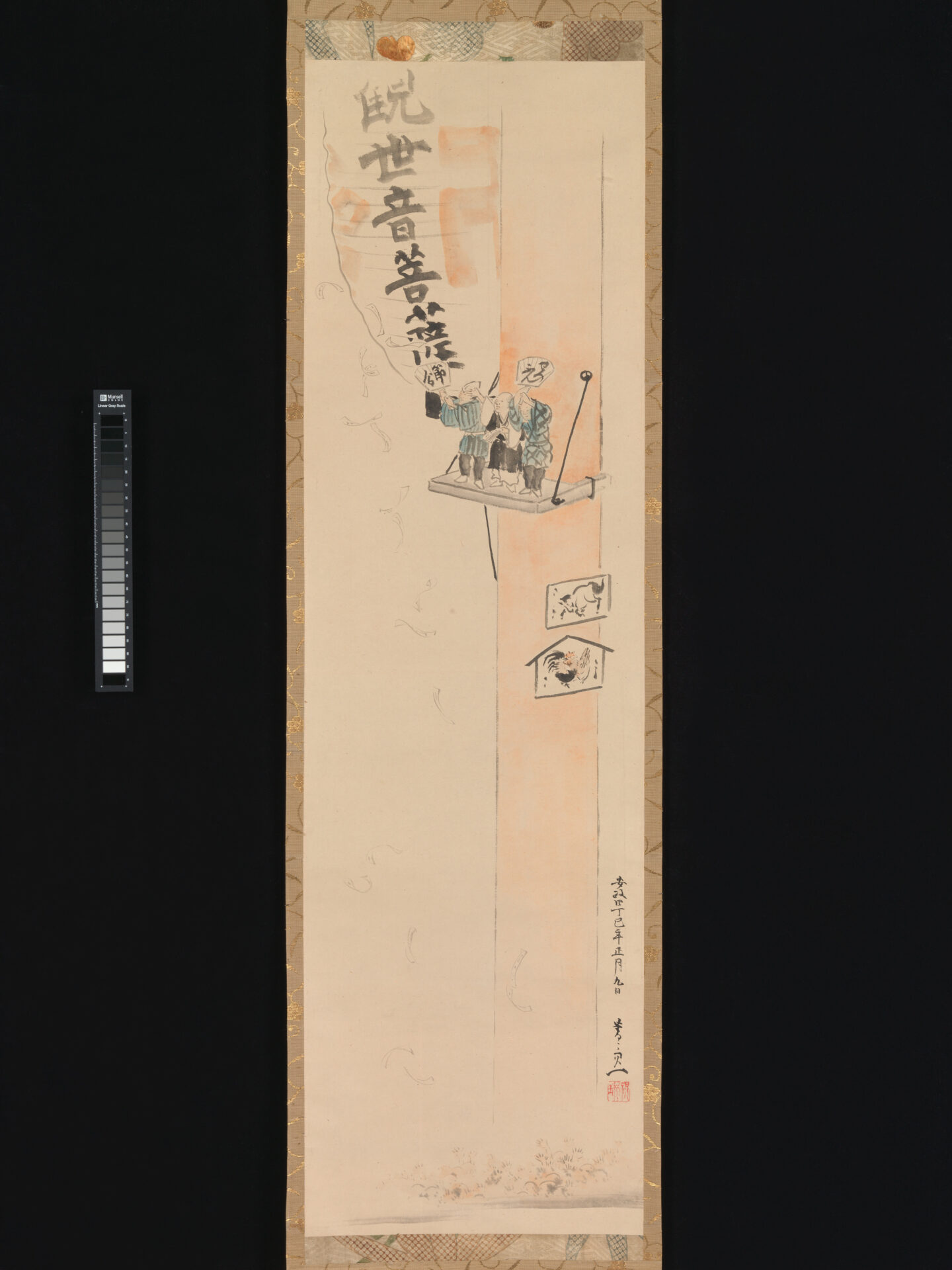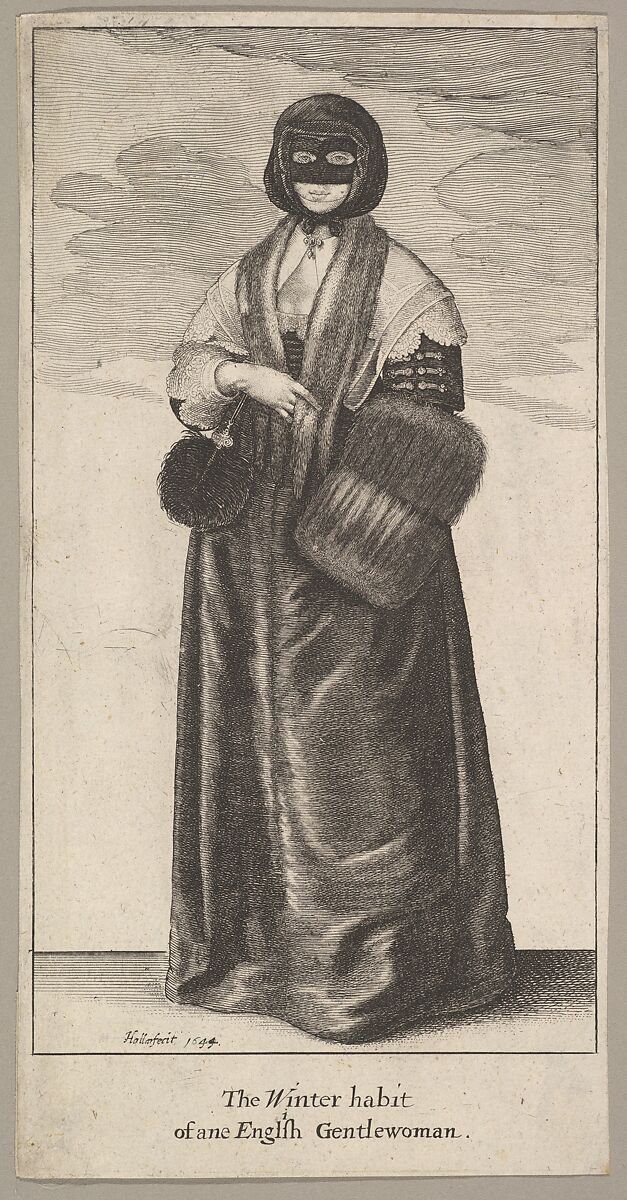
Frequently the woods are pink,
Frequently are brown;
Frequently the hills undress
Behind my native town.
An extract from Frequently The Woods Are Pink, Emily Elizabeth Dickinson, 1891
All human beings are in some way geographically bound, our lives playing out alongside the ebb and flow of the natural world. Communities have learnt over millennia to not only survive the ever-shifting seasons but also to thrive, weaving the unique features of each season into the fabric of our art and culture.
The following artworks demonstrate two circumstances that define our experiences of the natural world. The first, surviving, charts generations of artists’ fascination with the ways human beings have tried (and failed) to adapt to the changing seasons, and the methods that have allowed us to dance with the rhythms of nature, rather than be overcome by them.
The second, thriving, explores the works of art that have been inspired by the celebrations and achievements that exist in societies living in harmony with nature, but also the brutality that can come from the urge to thrive.
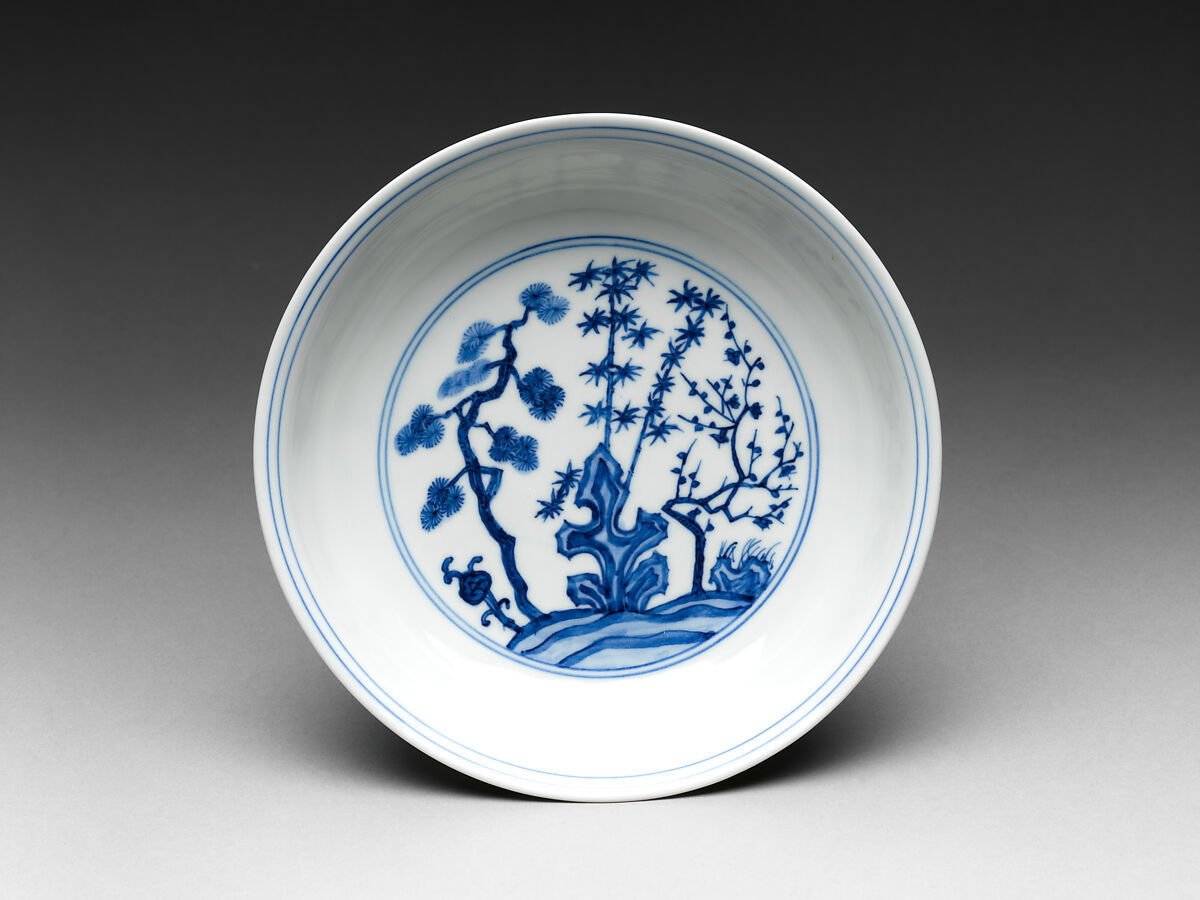
Dish with Three Friends of Winter
Anonymous
China, late 16th century
The Metropolitan Museum of Art. Purchase, Sir Joseph Hotung Gift, 2005. Learn More.
This exquisite plate features a design of three plants – pine, bamboo and plum blossom – known as the ‘Three Friends of Winter’. The origin of the “Three Friends of Winter” can be traced back to the Song Dynasty, where they were used as a symbol of noble virtue and perseverance due to their resilience in winter. The human experience of the hardships of winter was projected onto the plants as a means of celebrating the triumphs of survival.
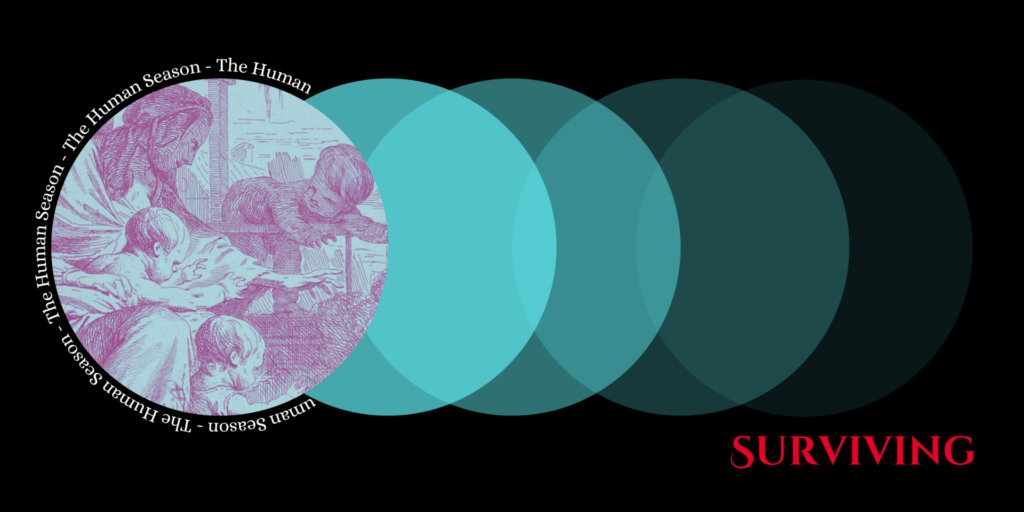
Winter wakeneth all my care,
now these leaves waxeth bare;
ofte I sike and mourne sare
when hit cometh in my thought
of this worldes joy, how hit goth all to nought.
An extract from Winter Wakeneth All My Care, Anonymous, 14th Century
Human societies have a long history of ingeniously adapting to our environments and learning to thrive in even the most challenging circumstances. Methods for regulating our temperatures in response to harsh climates, for sourcing enough food to feed our communities, and for continuing our daily activities in spite of the challenges the world throws at us, have prompted innovations in technology and equally creative responses in art.
Methods of adaptation differ dramatically depending on where in the world they first develop, just like the challenges that need to be overcome. And a person’s ability to adapt depends on a complex interplay of privilege and circumstance. An unending source of inspiration, the following artworks are creative responses to the pressures, and opportunities, posed by seasonal changes. Whilst some artists are driven by the heroic tasks undertaken to survive, others emphasise hardship, and the inequalities behind them.
My eyes are caked with dust of oat-fields at harvest-time.
An extract from Harvest Song, Jean Toomer, 1923
I am a blind man who stares across the hills, seeking stack’d fields
of other harvesters.
In a significant moment in societal development, humans started actively growing and harvesting crops around 12,000 years ago – a process that allowed us to maintain a reliable food source that could be stored during periods of scarcity. The time of year when crops are ready to be harvested varies depending on the region and climate. But they are routinely marked with festivals where communities celebrate and give thanks for their bounty.

I enjoy
Strangely
The after-taste of a festival
An extract from Festival, Fuyuhiko Kitagawa, 1956
In the face of seasonal changes and extreme weather, human societies have been forced to adapt and develop means of survival. But the rituals and traditions involved have also come to take on a life of their own, as celebrations and festivals that serve the vital purpose of lifting the spirits in hard times.
In different regions, people commemorate unique festivals to celebrate seasonal moments such as the end of winter or harvest time. As a result of the development of science and technology, many communities are no longer as adversely affected by seasonal changes. But the festivals remain, and continue to bring joy to those who celebrate.
PROVOCATION: Do you celebrate a festival in winter? What does it mean to you? Do you think its meaning has changed since it first evolved?
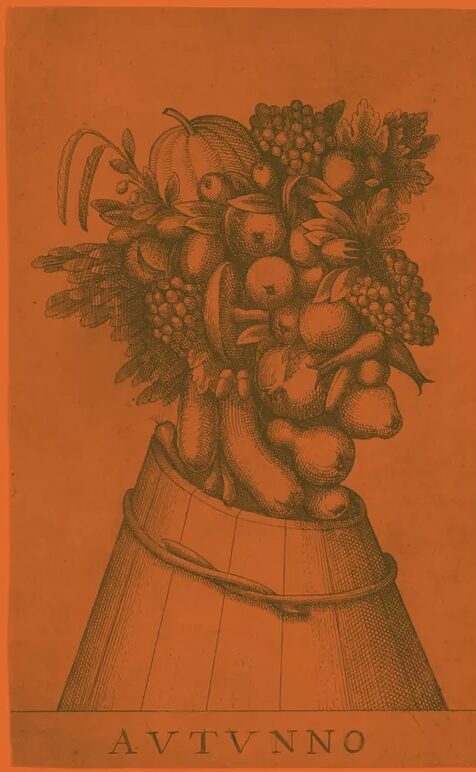
∞
Introduction

I
The Ages of Man

III
Today & Tomorrow



